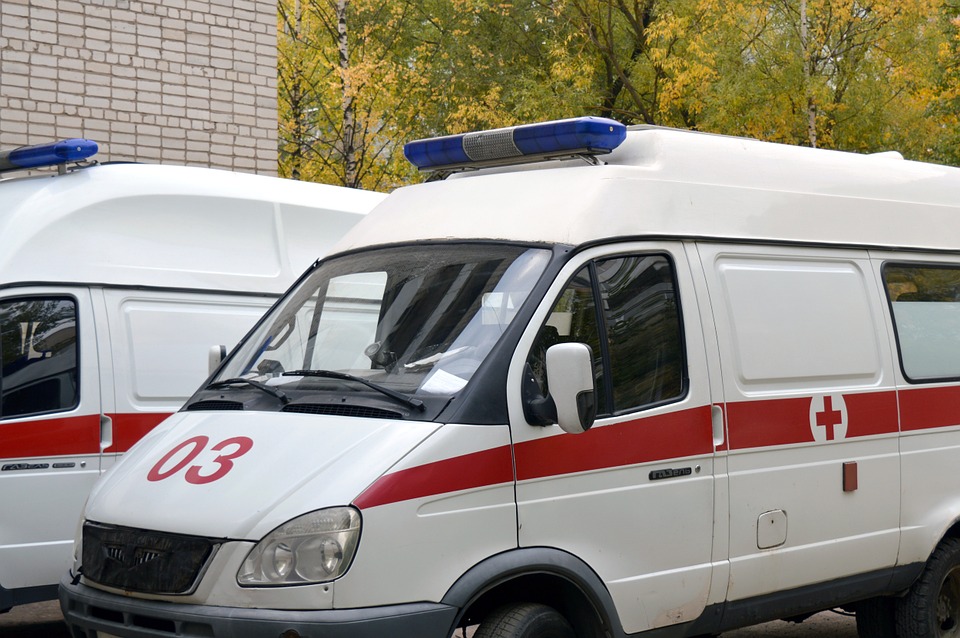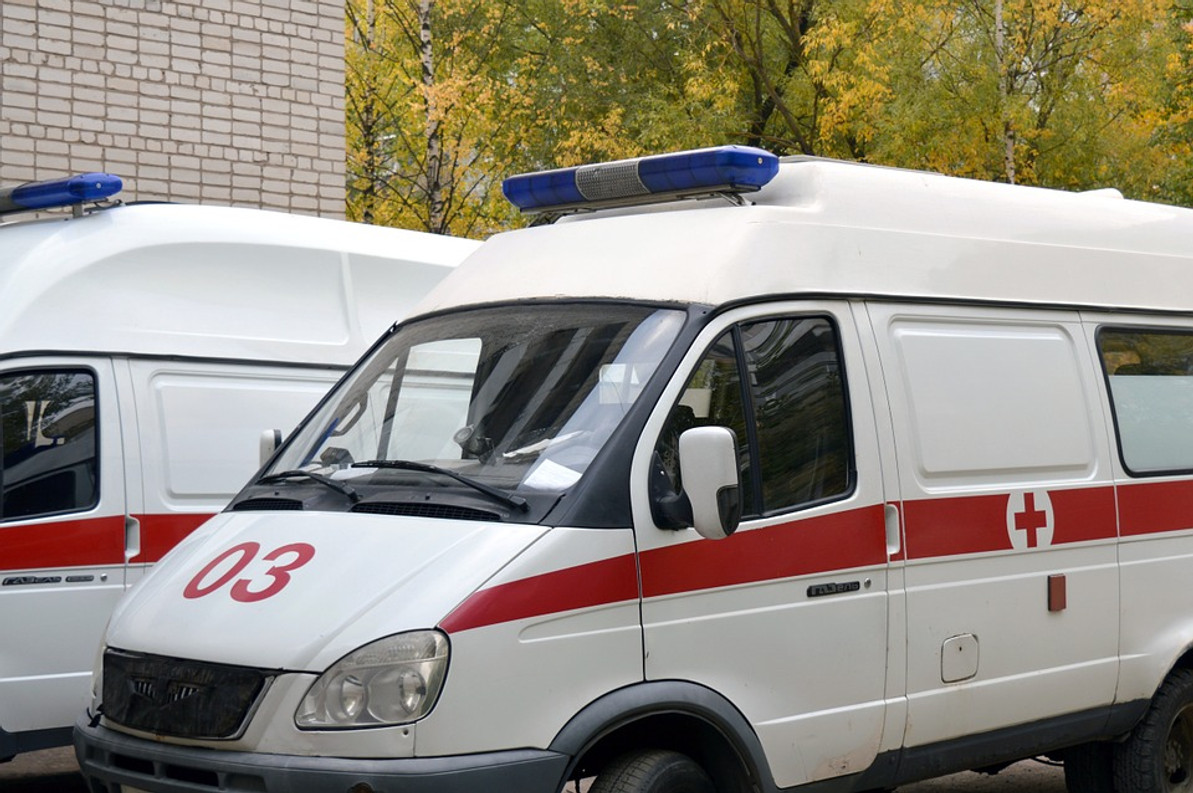NIOSH Publishes New Data Ambulance Safety

There are more than 15,000 ambulance services operating in the United States. When a person experiences a medical emergency, these services can provide life-saving treatment and transportation. However, the National Institute of Occupational Safety and Health (NIOSH) has recently published new data regarding the safety of ambulance workers.
The National Highway Traffic Safety Administration (NHTSA) reviewed 45 ambulance-related crashes from 2001 to 2015, which they found that 84% of ambulance workers were not wearing seat belts while in the patient compartment. This is somewhat contradictory, as EMS workers strive to save lives, but failing to wear a seat belt places their own lives at risk.
Wearing a seat belt sounds simple enough, but the issue isn't as cut and dry for ambulance workers. When in the patient compartment, workers often need to move around to provide medical treatment for patients. If the worker is wearing a traditional seat belt, he or she may not be able to move around; thus, affecting the level of care the worker can provide. It's somewhat of a catch-22, as workers need to move around in the patient compartment, but they also need to be restrained to protect against injury in the event of a collision.
In the past, NIOSH had recommended harness restraints for ambulance workers, similar to those worn by military helicopter pilots. These restraints would allow EMS workers to move and provide treatment, while still being somewhat restrained. In an effort to improve restraint systems for ambulance workers, NIOSH has created a team of industry experts consisting of ambulance manufacturers, seat suppliers and safety professionals.
Co-funded by the Science of Technology and Directorate -- a branch of the Department of Homeland Security -- the project seeks to identify and develop new restraint options for ambulance workers. Thus far, the Science of Technology and Directorate has published 10 crash test methods involving seating and storage in ambulance patient compartments.
These test crashes involves front, rear and side impacts, with researchers analyzing the force of impact associated with each crash. Using this information, researchers from the Science of Technology and Directorate hope to create better safety restraints for ambulance workers.
"Realizing there were more opportunities to improve worker and patient safety, NIOSH formed a diverse team of more than 30 industry partners that included ambulance builders, cot and seat suppliers, and other parts of government to tackle a range of safety concerns," wrote the Centers for Disease Control and Prevention (CDC) when discussing the new project.
Recent Posts
-
Fire Safety in the Workplace: What You Need to Know
What steps are you taking to prevent fires in your workplace? According to the U.S. Occupational Saf …Aug 23rd 2023 -
Is It Safe to Go Jogging With a Cold Infection?
If you're suffering from a cold infection, you might be wondering whether it's safe to go jogging. T …Aug 22nd 2023 -
5 Safety Tips to Follow When Using a Powder-Actuated Tool
Powder-actuated tools are commonly used to join materials to steel and concrete. Also known as Hilti …Aug 20th 2023




